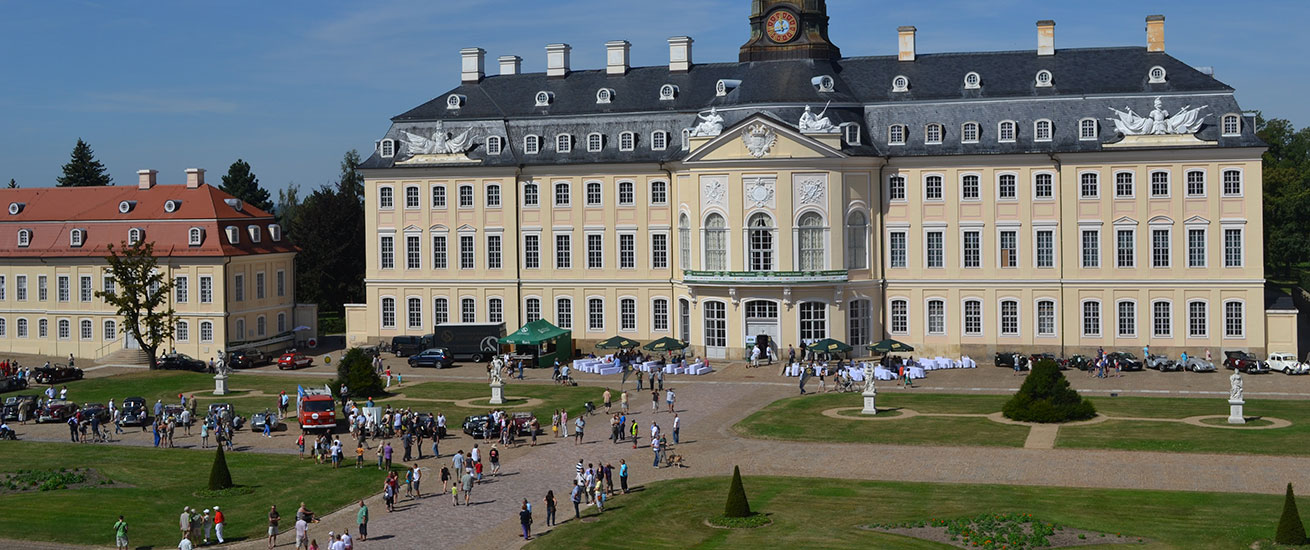The reason
Why is Wermsdorf a Place of Peace
The Peace of Hubertusburg ostensibly ended the so-called Third Silesian or Seven Years’ War (1756-1763), but also a German and European power struggle that threatened to involve the whole of Europe in a war.
The great lesson for the Saxon elector and Polish king, August II, was that instead of pursuing his own plans for great power, he would rather deepen his relations with the imperial family as guarantor of his power. So he let his son marry the Habsburgess Maria Josefa and elected him his successor also in Poland-Lithuania. This, however, was contested by France and part of the Polish estates: With the Polish War of Succession to the Throne (1733-1738) a series of disputes began, which concerned the rivalry between Vienna and Versailles. The British-French colonial wars in North America and European power struggles led to the Third Silesian or Seven Years’ War (1756-1763): Vienna won France and Russia as allies, but Potsdam won Great Britain. When Tsar Peter II had ended the war against Prussia in 1762, Saxony, which was occupied by Prussia, tried to bring about peace: on 24.11.1762 it requested an armistice, and on 30.12.1762 negotiations began in Hubertusburg Castle, i.e. on a “neutral territory”. Saxony had to make a separate peace. Brandenburg-Prussia thus formally rose to become a great power in Europe and became part of a concert of five powers in the European system. At the same time, a hundred-year rivalry between Vienna and Potsdam within Germany began. Finally, Prussia was able to successfully strengthen Britain’s back in the colonial war.
Read more and bibliography: The Peace of Hubertusburg of 15 February 1763 (pdf, 47kb)

















